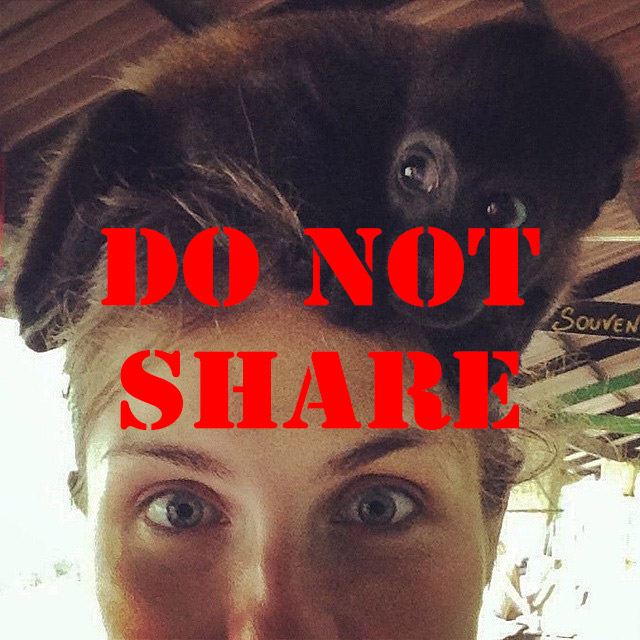Many videos and photos of wild animals become viral on the Internet. Although they may seem cute and cuddly or funny, you must resist temptation and not like, share or comment them. There are many reasons why this is not a good idea, not only because those individuals could actually be mistreated in order to take a picture, but also because it can threaten the welfare and conservation of their species.
- Many animals, especially primates, are depicted wearing human clothes, playing instruments, using tablets or cuddling dogs and other domestic animals. As an example, Limbani the chimpanzee has about 650,000 Instagram followers. Of course, at a first glance he is very cute. The reality is, captive wild animals that are exposed to humans often are mistreated, stressed and suffer health issues. They are often taken away from their mothers when they are infants in order to make them used to human contact, disciplined and trained (usually with cruel methods) and, when old, abandoned or sold to poorly regulated facilities to attract tourists. Furthermore, they are kept without their conspecifics. Many primates and other species are highly social and need the company of other animals like them to express natural behaviors regarding communication, play, friendship and mating. These behaviors, if cannot appropriately expressed, cause deep psychological suffering that can lead to self-harm, especially if they are misinterpreted by their owners. The “chimp grin”, which we associate with happiness, is actually a sign of fear or submission. Their natural needs are ignored, not understood nor met.
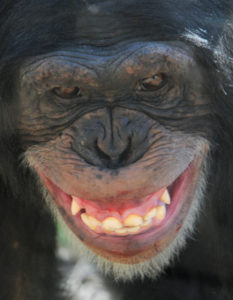
- What you may think communicates love and affection could actually be causing stress and fear in the animals. You would never hug or stroke a stranger, even though these are gestures of affection and good intentions in the human behavioral repertoire. Then, imagine how an animal, which naturally does not interact with humans and has no idea what a caress is, feels when she is being touched by an unknown individual. Unfortunately, many pictures depict people stroking, caressing and hugging wild animals. This is not an appropriate message to send, because it ignores the stress, the fear and the welfare of the animal being handled.
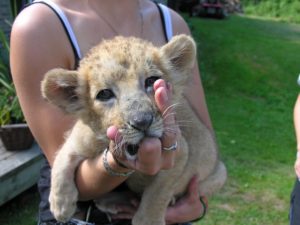
- Photos of wild animals in human contexts can skew the perception of their conservation status in the wild. Although they could actually be endangered in nature, seeing them in photos, images, videos, films and advertisement make people think that wild populations are not in jeopardy, undermining the urgency to protect them and their environment.
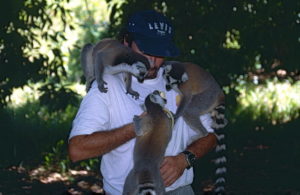
- Seeing wild animals interacting with humans make them desirable as pets. Usually these types of images are shared by tourist on vacation in exotic areas. This represents a real problem because it increases the illegal market of live animals and their parts. The visibility of pet otters on social media in Japan boosted their demand to the point where now their survival is threatened. Moreover, social media are the perfect place for traffickers to find and sell live wild and exotic animals and attract buyers. In 2017, over six weeks, in France, Germany, Russia and the UK, over 11,000 protected wildlife specimens, including tortoises, parrots, owls, primates and felines, were advertised to be sold.
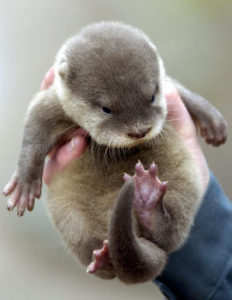
- Seventy-four percent of tourist facilities in the world attract tourists by promising interactions with wild animals. This includes riding, walking, feeding, swimming, washing, petting, holding and sometimes sleeping with the animals. Some of these facilities call themselves rescue centers or sanctuaries, but actually, many of them thrive on the exploitation of animals. Lions, elephants, tigers are taken from their mothers to become attractions and allow tourist to take pictures with them to share on social media. Once again, they are tamed and cruelly trained to “perform” without harming people. They did not need to be rescued and were not saved, they were abducted and forced to live in a domestic environment for the thrill of humans. Over half a million animals are kept as tourist attractions. These animals, which are bottle-fed when infants and will grow to be confident with humans, will most likely be sold to trophy hunters once they are adults. If a facility offers interaction with animals for cash, it is not ethical and it is not respecting their nature. It is just a tourist trap.
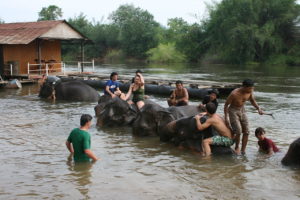
Social media users, before liking, sharing and commenting should make sure that those animals are not being exploited for money and their welfare is not being compromised. We have the responsibility of putting animals’ wellbeing before our amusement. If you want to help animals, do not pay to interact with them. Observe them form a safe distance, be an ethical tourist, educate yourself and your friends, preserve their environment, donate to organizations who truly protect them. Click here to continue to part two
Some photos are shown in this article to show readers what kind of popular animal interaction is bad for wildlife.
Find out how to be a responsible social media user:
Deadly Virtual Postcards Lead Poachers To Rare, Endangered Trophy Animals – Forbes
The Wildlife Selfie Code – World Animal Protection
How to photograph wildlife ethically – National Geographic
Wildlife tourism – Wildlife Conservation Research Unit
Sources:
Before you hit ‘share’ on that cute animal photo, consider the harm it can cause – The Conversation
Inappropriate videos on social media are hurting chimpanzees – Jane Goodall’s Good For All News
The Koala can’t bear us: Researchers find animals are far more stressed by human encounters than previously thought – Mail Online
Impact of Visual Context on Public Perceptions of Non-Human Primate Performers – PLOS ONE
“Let Me Take a Selfie”: Reviewing the Implications of Social Media for Public Perceptions of Wild Animals – Preprints
A viral video and pet lemurs on Twitter – PLOS ONE
